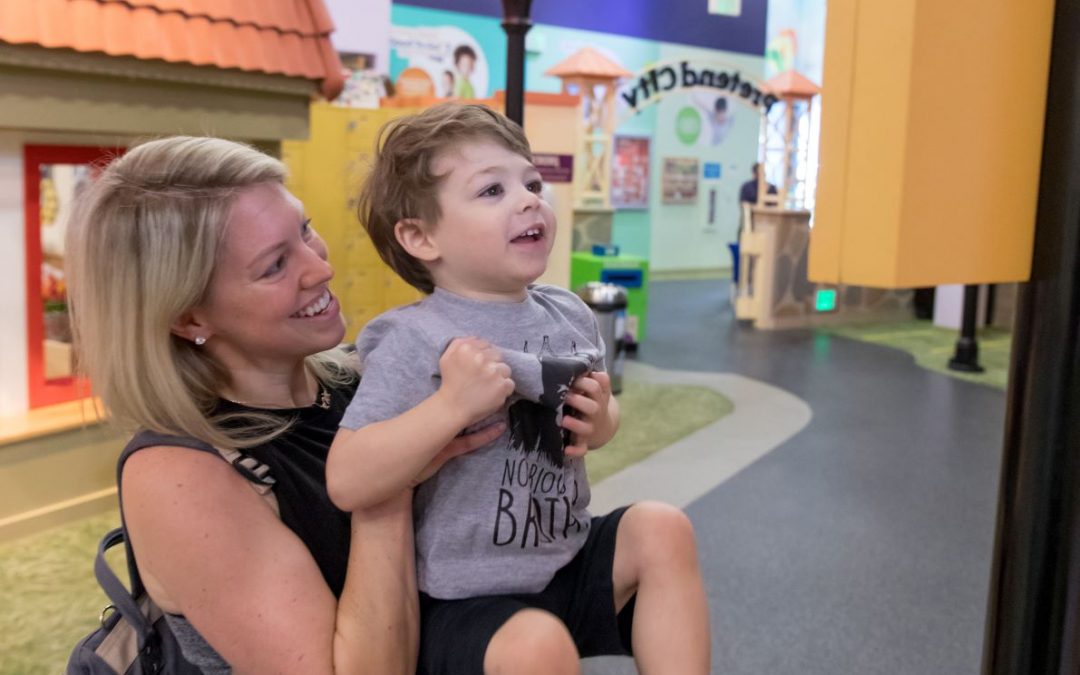By Adrie Van Wonterghem
What is a Brave Conversation? Brave conversations happen when we talk to our children and early learners through difficult situations and topics. Last week during our Parent Webinar series, Wilma Gold, an expert on peaceful classroom communities, shared seven ways to have brave conversations with our children about race, politics, and current events. Let’s take a look at the highlights.
Silence Speaks
Often times children are excluded from difficult conversations. Yet our silence on these subjects communicates a strong message on these subjects’ value and worth. Silence on a topic tells our little ones that it is not worth talking about, that it is too scary to confront, or too “grown up” for them to handle. And while some of these feelings may be true, shielding young children from the reality of the world they are a part of can be harmful. Instead, Wilma proposes these steps to having brave, age-appropriate conversations centered on truth and understanding with your little ones.
Set the Stage for Brave
Make it Safe.
When an opportunity for a brave conversation arises, take notice of your surroundings and choose a safe space and time for the conversation to occur. For example, if while out shopping you and your child notice a group of people protesting outside your grocery store, wait till you are back inside your car to address any questions your child might have about the group. Ensure that your child feels comfortable and secure, free from peer pressure or any sources of embarrassment so that they may explore what they saw confidently.
Find out what they know.
Before diving into a difficult topic, find out what your child knows before beginning. You can use your child’s prior understandings or misconceptions as a starting point to begin your conversation. For example, if your child notices another schoolmate using a wheelchair and has questions about why that child cannot walk, start by asking what they know about wheelchairs. Your child might respond by saying that wheelchairs roll and move, offering an entry point for you to share that some people have a hard time getting around and can use wheelchairs to move about. Finding entry points into your child’s understanding also allows you to calibrate your conversation to correct or expand upon what they know, in a developmentally appropriate way.
Tell the Truth.
Provide your child with accurate information to answer their questions. Honest information tailored to your child’s developmental stage promotes responsibility and maturity. It communicates respect to your child and shows them that they are active participants in their world and can make decisions about how they respond to what they see. For example, if your child asks why people keep saying “Black Lives Matter” on TV, be honest with the frustration some Americans are experiencing because they feel their voice is not being heard. Responding with honesty, age-appropriate and tailored to their development, allows your child to fully understand complex situations and choose their response.
Wilma offers four more tips on how to engage in brave conversations with your little ones. From Speaking the Justice Issue, to Communicating your Values, to Finding Action and Identifying and Managing your own feelings, we as leaders in our young children’s lives can engage our young learners in courageous dialogues. For the rest of Wilma’s tips, be sure to check out last week’s Parent Webinar here.

